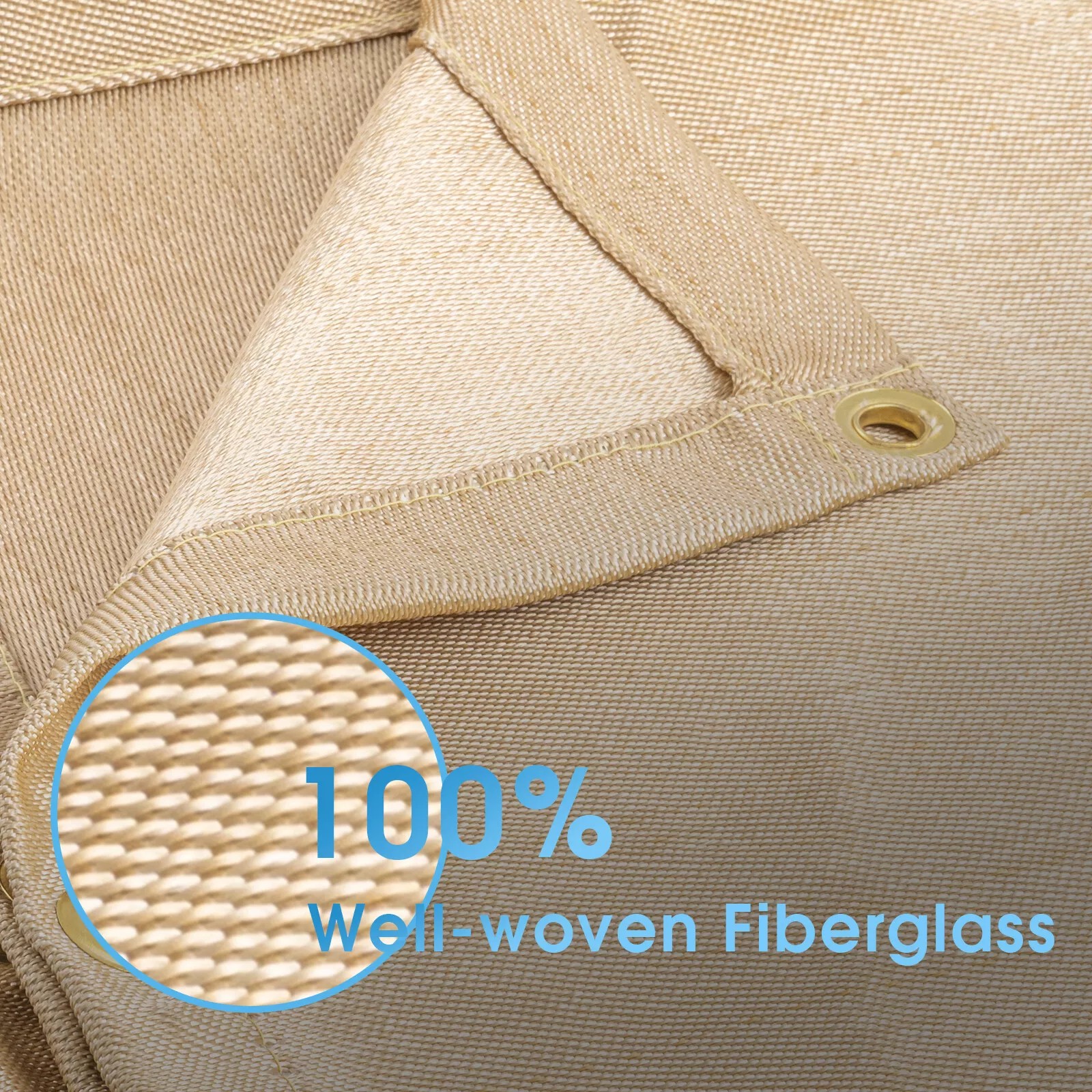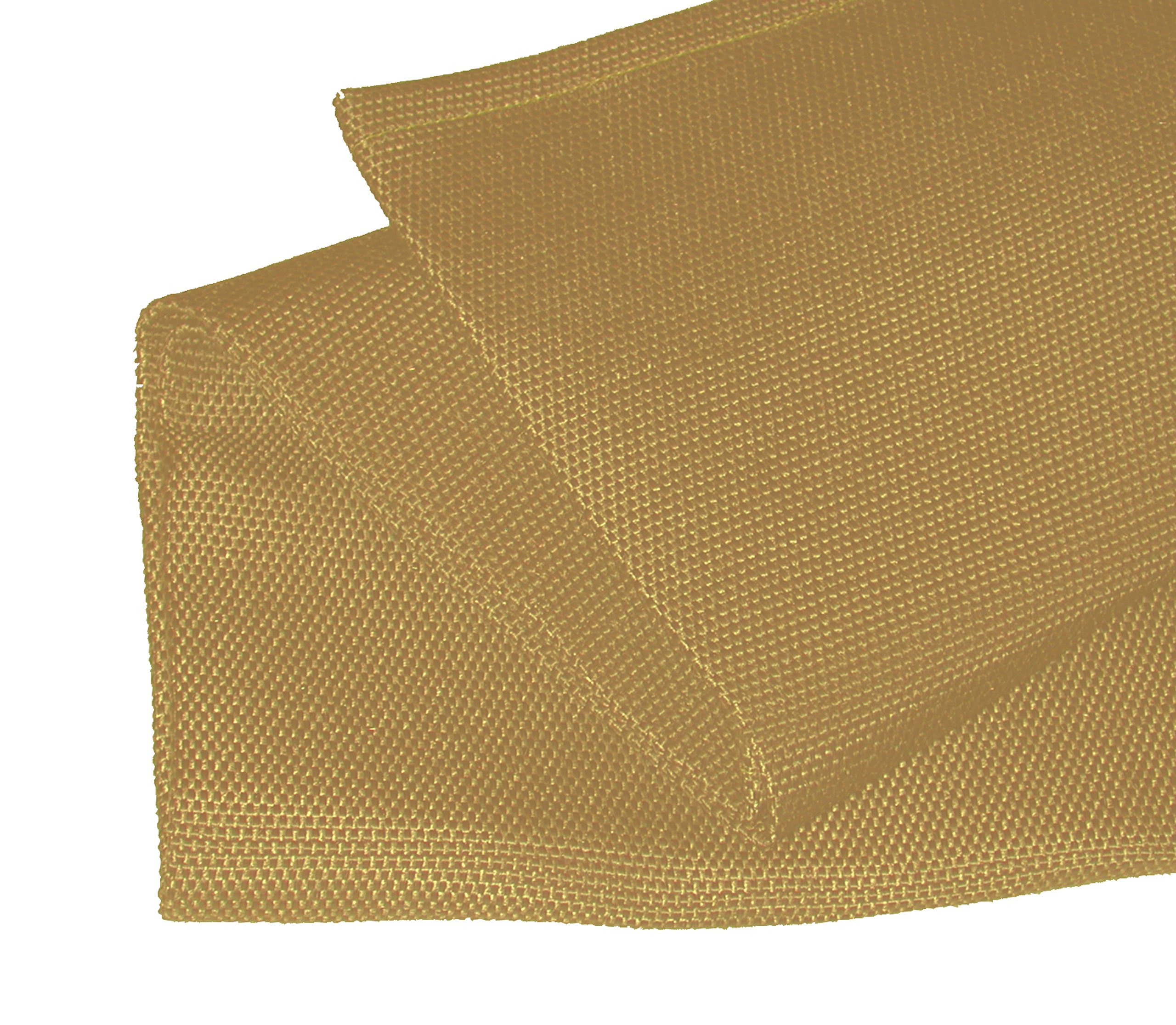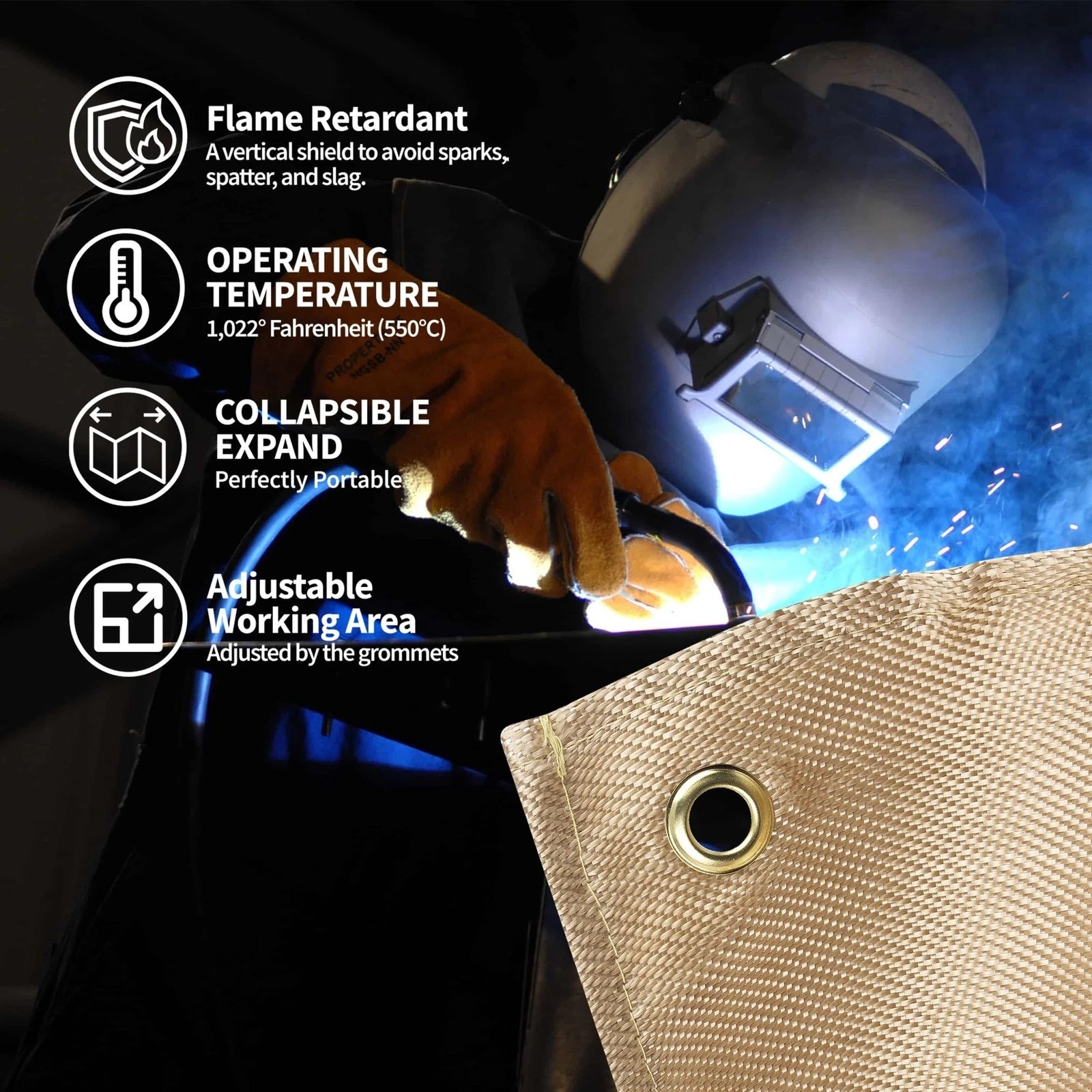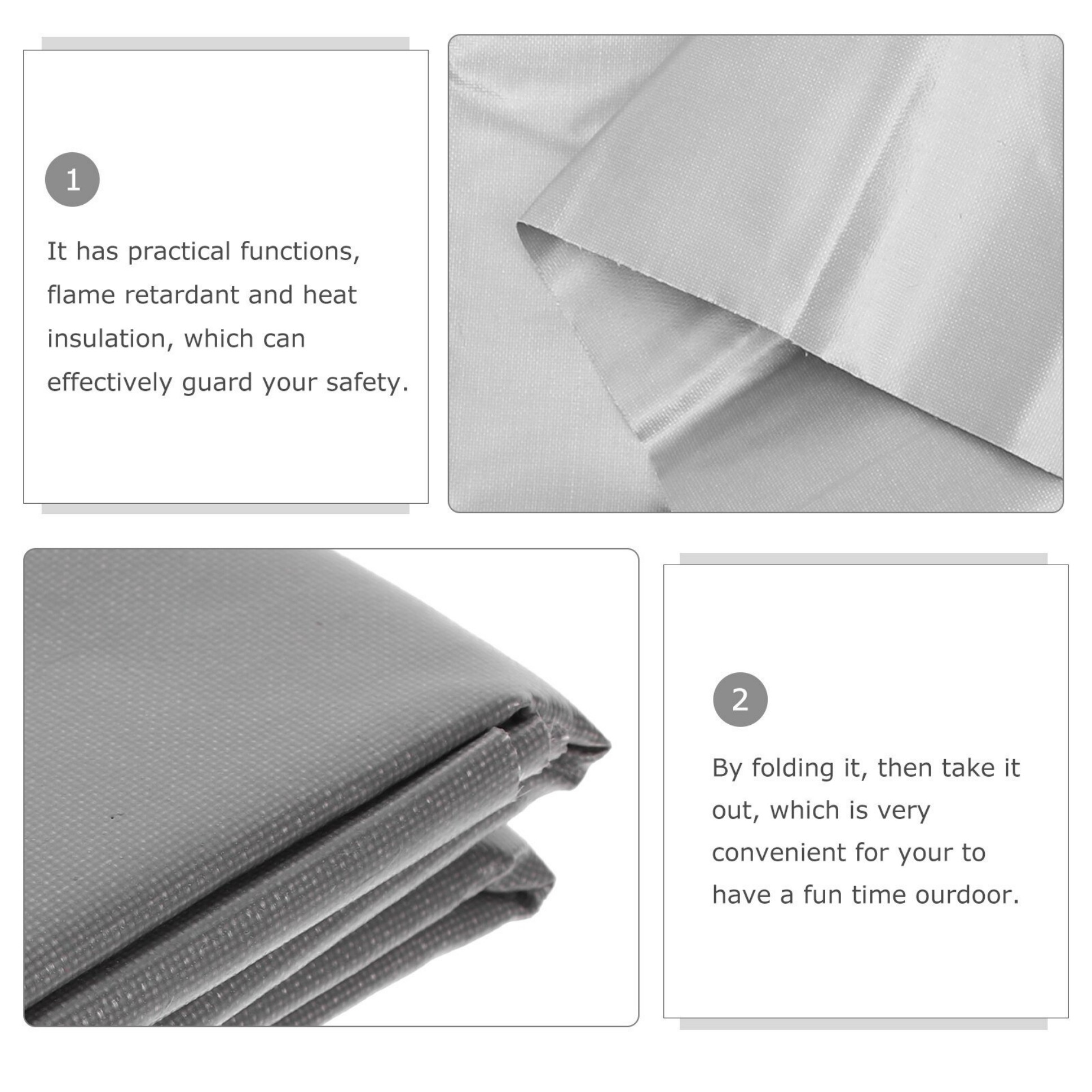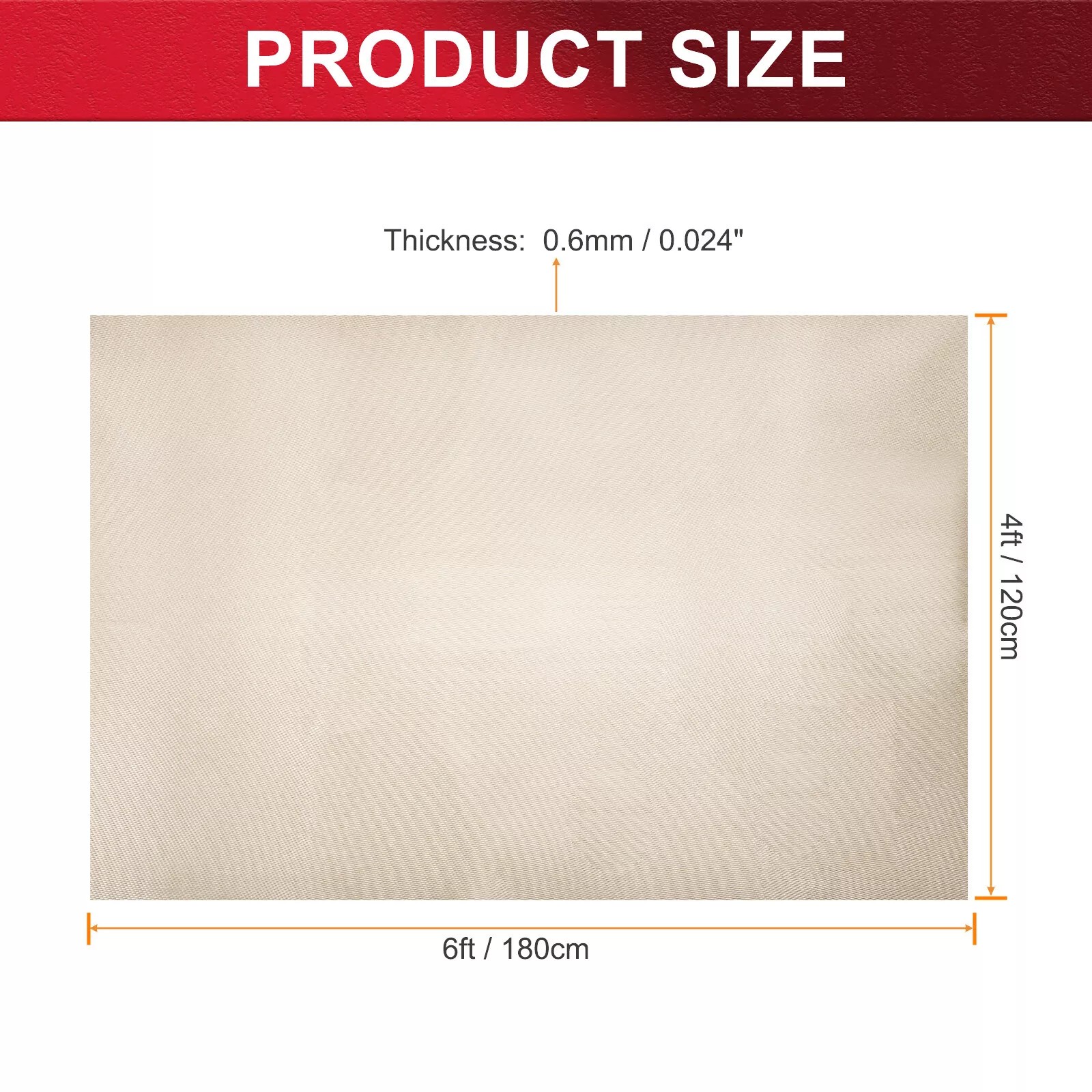Heating Blanket Fires: Safety Risks and Prevention Tips
Heating blanket fires pose serious safety risks during cold months. This article explains how these fires start, their warning signs, and practical prevention measures. You'll learn proper usage guidelines and what to do if your heating blanket malfunctions.
Understanding Heating Blanket Fire Risks
Electric heating blankets cause approximately 500 fires annually in the U.S. alone. These fires typically occur when:
- Blankets are folded or bunched during use
- Wiring becomes damaged over time
- Products exceed their recommended lifespan
- Manufacturing defects go unnoticed
The heating elements in these blankets can reach temperatures up to 120°F (49°C). When combined with flammable bedding materials and electrical malfunctions, this creates ideal conditions for heating blanket fires.
Warning Signs Your Blanket Might Be Dangerous
Watch for these red flags that could indicate your heating blanket poses a fire risk:
- Frayed or damaged power cords
- Discolored or scorched fabric
- Malfunctioning temperature controls
- Burning smell during operation
- Sparks or smoke when plugged in
Safety Tip:Always unplug your heating blanket when not in use. Many heating blanket fires occur when blankets are left plugged in unattended.
Preventing Heating Blanket Fires: Best Practices
Follow these guidelines to significantly reduce your risk of heating blanket fires:
Proper Usage
- Never fold or tuck your heating blanket while in use
- Place the blanket on top of you, not underneath other bedding
- Don't place heavy objects on the blanket when it's turned on
- Use only for warming beds - don't leave on for extended periods

Maintenance
- Inspect wiring and fabric before each winter season
- Replace blankets older than 10 years (check manufacturer guidelines)
- Wash carefully according to instructions - never dry clean
- Store flat or loosely rolled during off-seasons
Purchase Considerations
- Choose products with automatic shut-off features
- Look for UL or ETL certification marks
- Consider low-voltage models (12-24V) for safer operation
- Avoid second-hand blankets with unknown history
What to Do If You Suspect a Problem
If your heating blanket shows any warning signs or behaves unusually:
- Immediately unplug the blanket
- Don't attempt to use it again
- Check for recalls on the manufacturer's website
- Contact the manufacturer for guidance
- Consider professional inspection if you're unsure
For confirmed heating blanket fires, follow standard fire safety procedures: evacuate, call emergency services, and don't attempt to fight large fires yourself.
Alternative Heating Options
If you're concerned about heating blanket fires, consider these safer alternatives:
- Microwavable heating pads (use under supervision)
- Hot water bottles (check for leaks regularly)
- Weighted blankets (provide warmth without electricity)
- Flannel or fleece bedding for natural insulation
Remember:No heating method is completely risk-free. Always follow manufacturer instructions and remain attentive when using any heating product.
Final Thoughts on Heating Blanket Safety
Heating blanket fires are preventable with proper care and attention. By understanding the risks, recognizing warning signs, and following safety guidelines, you can enjoy the comfort of your heating blanket without unnecessary danger. Regular inspection and timely replacement of older units are your best defenses against potential fires.


